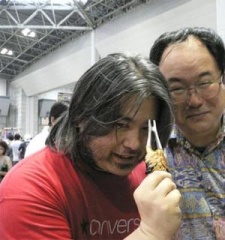
I am hoping to continue the well regarded series by The Roundup: Artist Spotlight. This time I would like to nominate an artist who many may not know. Although his name might not bring instant recognition, Hajime Ueda has made an enormous impact on the art scene, specifically his 2D design work in Japanese Animation.
Beginnings

Hajime Ueda Initially began his career as a doujin artist from 1994-1999. A doujin is a self-published comic or manga. Attending different manga and comic conventions he promoted his own work and sold his doujin. His first recorded work was named Nagamaru Shokubutsuteki however all copies were sold in person at Comiket 46. He would continue to rely on these conventions to sell his personal
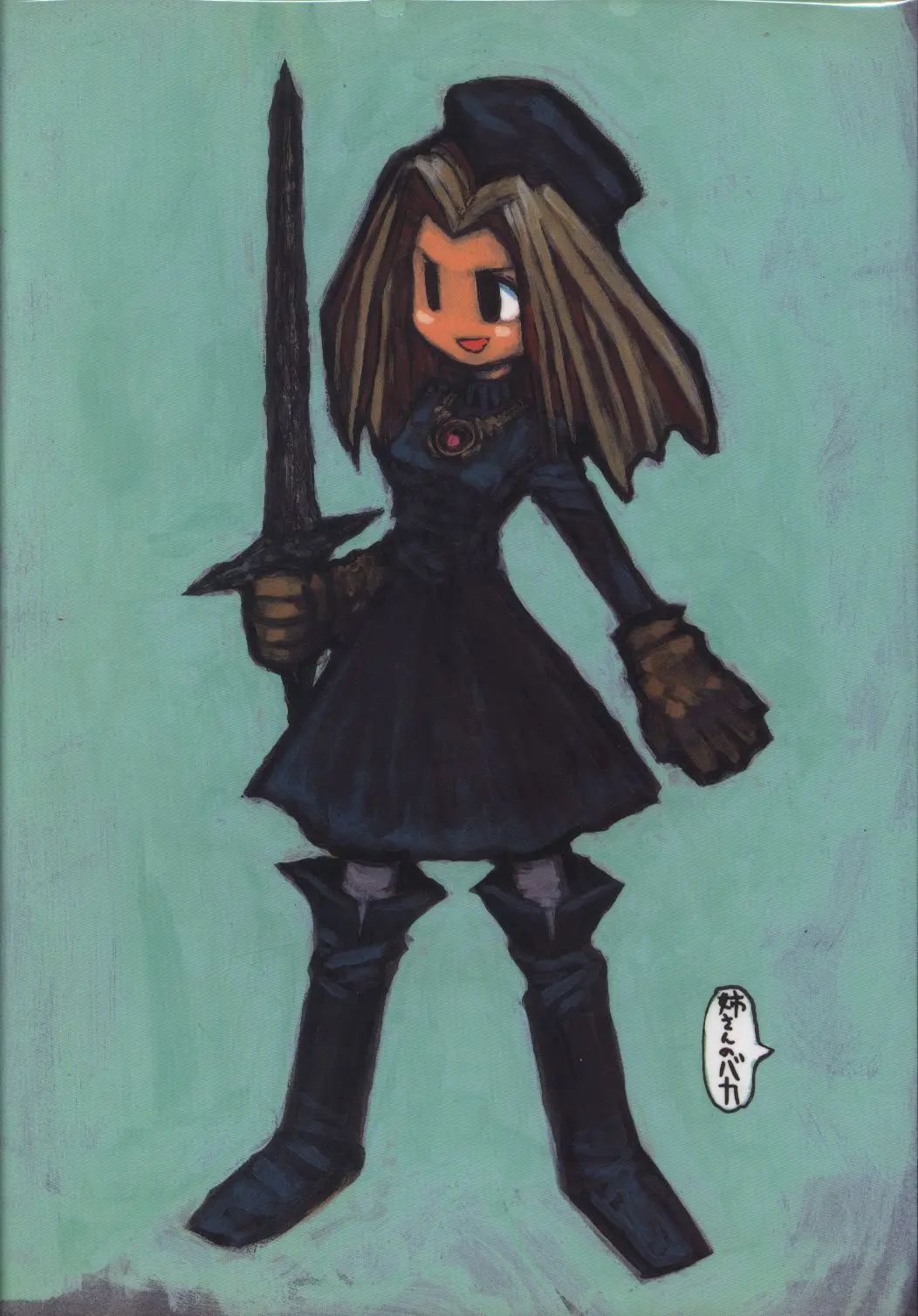
Illustrations and doujins, building an audience, and meeting fellow artists. During this time he helped author and co-author a total of 23 works. Even though he was still experimenting, in his early illustrations you can begin to see the emerging art style he is beginning to call his own. For example, in his artwork for the covers of Nee-san no Baka and Oizumigakuen no Onna from 1997 you can begin to see how he begins to experiment with the gothic design work he is known for today.
Breakthrough

He received his big break when he was offered the opportunity to help produce the anthology series FLCL ( known in the West as FOOLY COOLY) assisting as a co-author and head illustrator. Fooly Cooly, produced by Gainax, follows Naota Nandaba, an ordinary sixth grader, and his run in with bass guitar-wielding, pink-haired psychopath Haruko Haruha, an intergalactic investigator plotting to destroy the corrupt corporation Medical Mechanica. FLCL paired well with Ueda’s unique style. Its chaotic and fast paced dialogue left a strong impression on its audience, with an underlying premise of coming of age.
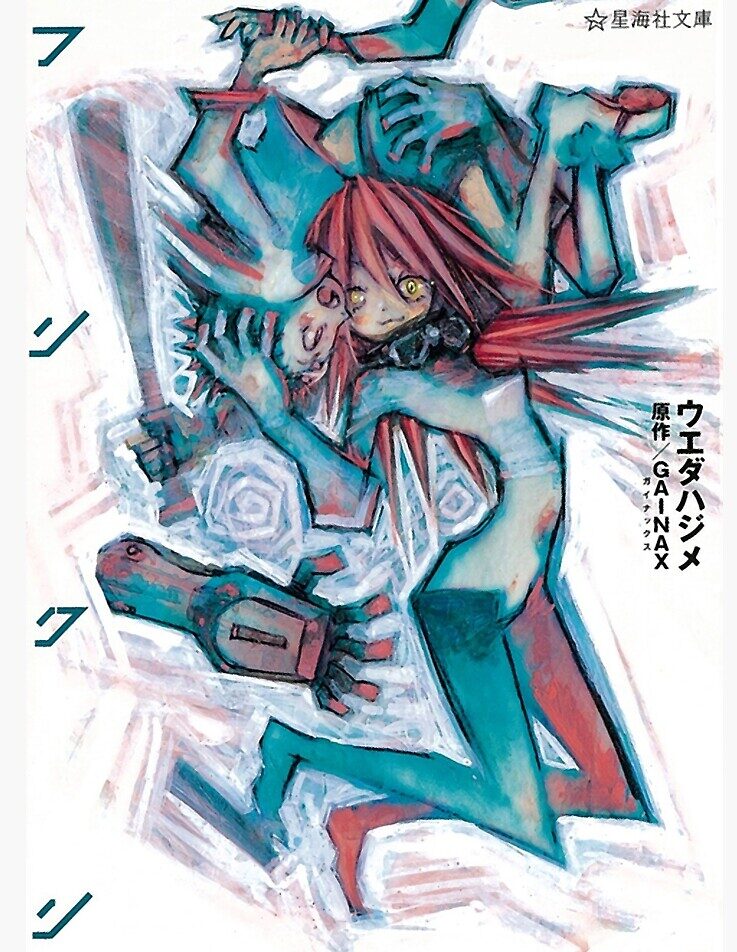
Ueda quickly made a name for himself for his rough and sketchy style of art, using sharp, distinct outlines to catch the eye and give characters a depth that is foreign to the usual 2D design work in the industry. Fooly Cooly’s success allowed Ueda to spread his wings. Simply saying Fooly Cooly was popular is an understatement. It became a success in mainland Japan and overseas, receiving an anime adaptation in 2000 and being overseas being streamed on Adult Swim in 2003 where it played an influential role in growing the west’s love for Japanese culture.
Now that Ueda had the reputation and recognition he had strived for, he now had the freedom to create a manga he hoped would reach the same heights as Fooly Cooly.
Falling Short
Ueda would take what he
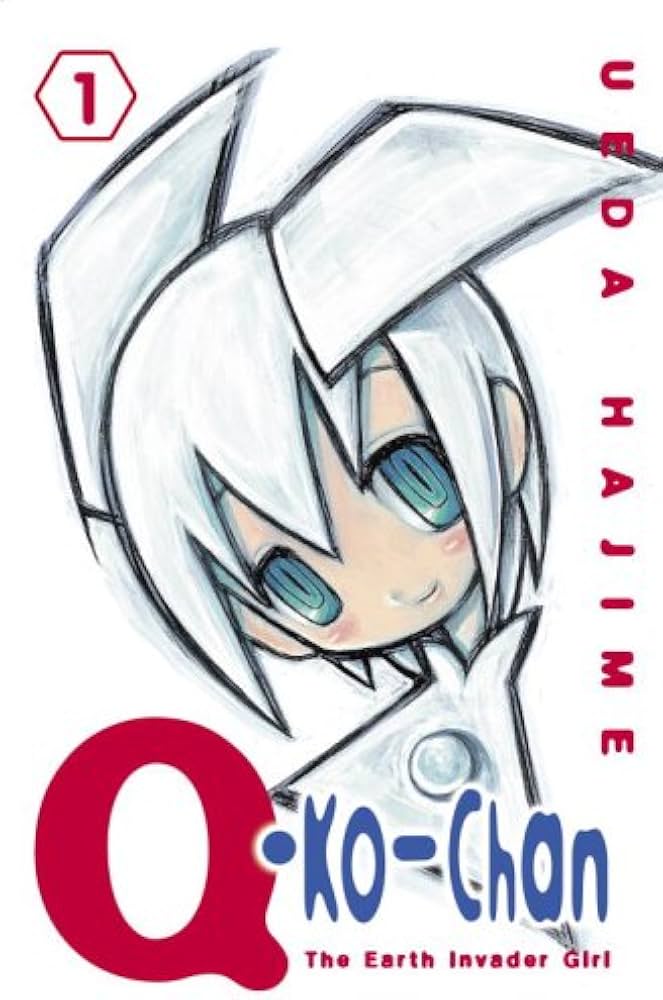
learned working on FLCL and put his motivation towards his personal passion project “Q-Ko-Chan: The Earth Invader Girl,” which was released in 2000-2003. He acted as the sole author and illustrator for this project, however, it had never reached the heights he had hoped for. With a confusingly hard to grasp plot, even in comparison to FLCL, the manga struggled to find its audience. The production company decided to cut the series short. With only two volumes, the Ueda made a haphazard ending to wrap up the story that had left many plot points open ended.

This was a major disappointment to Ueda for he had hoped Q-Ko-Chan to reach global audiences across the world, even gaining help from Del Ray Manga for U.S distribution. He had created a complex plot with varying characters with hopes of exploring them more in depth. However, this would not come to be. From the release of FLCL in 2000 and 2003 he had put all his time and effort into making Q-Ko-Chan a success, with an intricate plot and beautiful illustrations that fully depicted his skill as an artist.
Rising from the Ashes
Despite this set back Ueda refused to forsake his passion. Rather than putting in the towel, he attempted to switch forms of media. He started again as an assistant illustrator on Diebuster and Uta Kata helping with design work, the costume transformation, and ending illustration. This introduction to anime led the way to what he is most known for contributing towards… his work on the Monogatari Series by Nisio Isin, produced by studio Shaft.
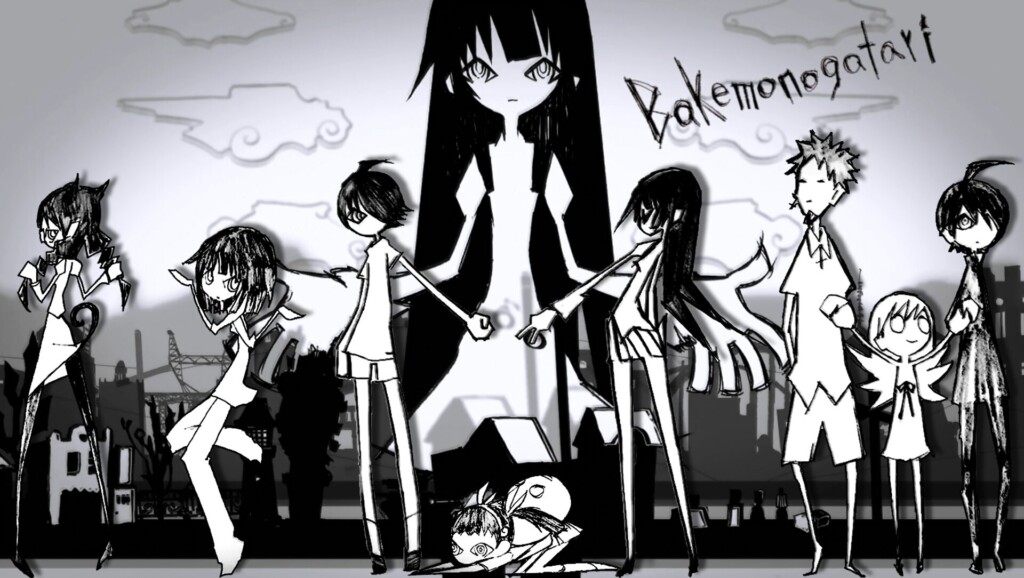
The Monogatari series revolves around Koyomi Araragi, a third-year high school student who, after being turned into a vampire and then cured, helps others deal with supernatural problems and oddities.
He initially created the ending credits for Bakemonogatari’s anime release in 2009, however, this would not be the end. The anime became a global phenomenon, gaining massive popularity in Japan and the West. The Monogatari series acted as a vehicle to bring his artwork to a new audience and millions of fans. Ueda would be asked to become a reoccurring illustrator for all television portrayals of The Monogatari series, and with over 12 seasons and more to come he has become a house hold name in the industry.
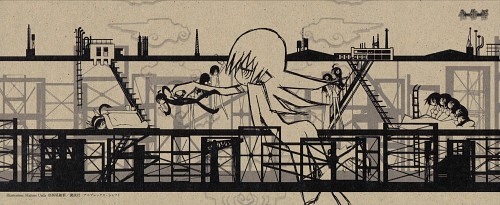
A Conclusion
Hajime Ueda’s sharp designs give characters expressions like no other. I personally love how he draws characters’ eyes, looking almost like a vortex that pulls you. He is truly skilled at depicting multi-dimensional characters who perceive the world differently. I feel that the shows he has worked on, specifically Fooly Cooly and the Monogatari series, allow him to take advantage of the chaotic and complex nature of each show, and the unique characters paralled by his unique character models. His journey as an artist is a true encapsulation of what it means to try and try again. If you fail, there will always be opportunities to recover, and these failures should be taken in stride as learning opportunities. Failure shouldn’t stifle determination but reinforce it and push you to keep trying.
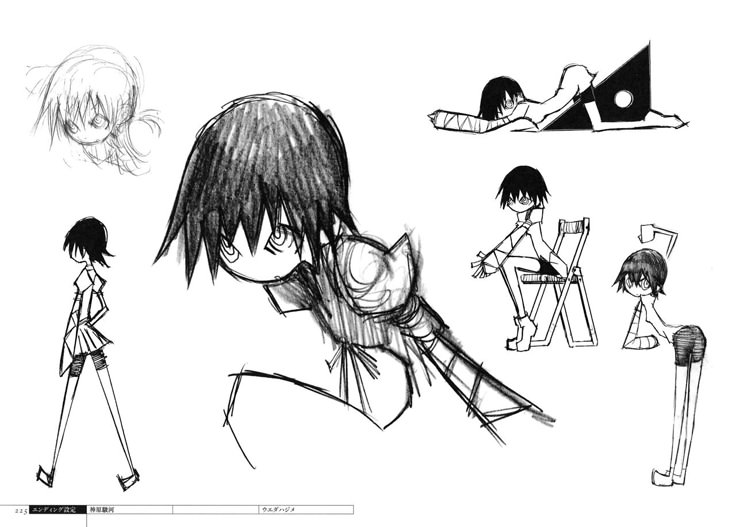
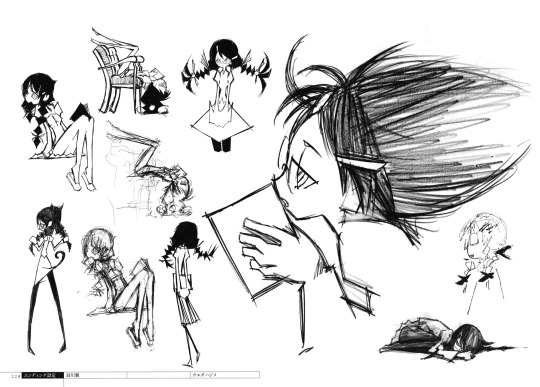


rough sketches of characters from the Monogatari series by Hajime Ueda- posted on his Instagram
